Používáte nepodporovaný, zastaralý internetový prohlížeč. Stránky v něm nemusí být správně zobrazeny, mohou být pomalé a nemusí správně fungovat. Zaktualizujte si prohlížeč nebo si nainstalujte nový. Doporučujeme použití některého z následujících prohlížečů: Google Chrome, Edge, Mozilla Firefox
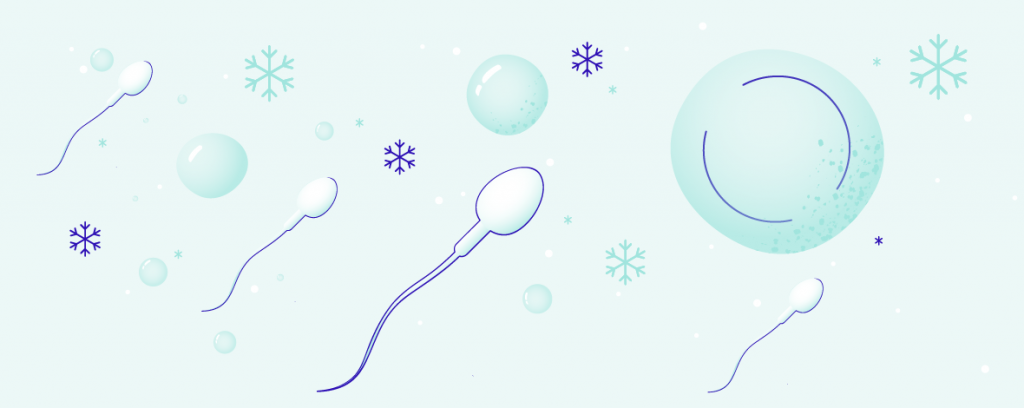
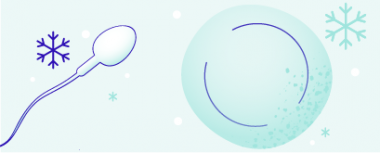
Social freezing: Preserving fertility
For couples who want to postpone their pregnancy for later or need to preserve their cells for health reasons, we offer the opportunity to freeze their eggs and sperm for later.
Freezing eggs
The quality of a woman's eggs decreases with age, as does the chance of getting pregnant. Therefore, for couples who want to have children, but the time is not right, we recommend freezing the woman's eggs for a more suitable time.
A woman is most fertile up to the age of 35, and this is also the best time to freeze her eggs.

We recommend freezing eggs for couples where the woman:
-
Wants to postpone motherhood for various reasons
-
Is facing oncological treatment
-
Has to have her ovaries removed for health reasons
The process of freezing eggs
The process of retrieving and freezing eggs is preceded by a gynaecological examination, blood tests and hormonal preparation. The situation is different for each woman, which is why we approach each patient individually. We recommend that you first contact our coordinators, who will be happy to advise you and arrange a consultation, during which you will learn all the necessary information and plan the next step.
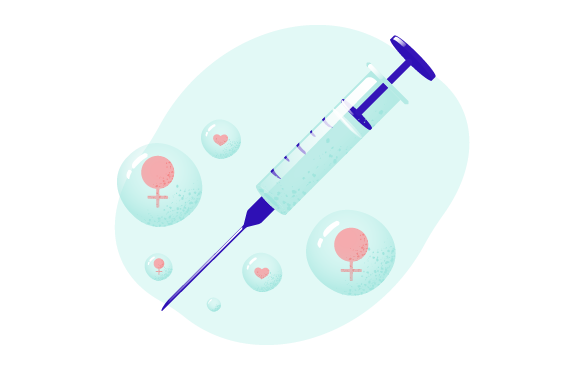
Hormonal stimulation
With the help of hormonal stimulation, which each woman self-administers, a larger number of eggs mature in a single cycle.
Scheduling retrieval
Within 2 weeks, specialists at our clinic will perform an ultrasound scan, so that we can schedule a date for egg retrieval.
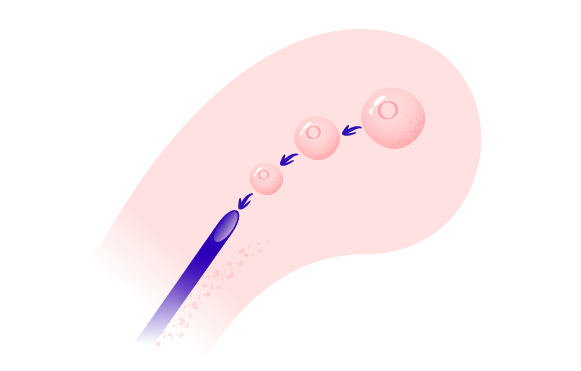
Egg retrieval
Eggs are retrieved transvaginally under short, general anaesthesia. You will be discharged from the clinic within a few hours.

Freezing eggs
Eggs treated with cryoprotectants are frozen by vitrification. We will then store your frozen eggs for you until the time is right for a baby.
Freezing sperm
We also offer couples from all over the world the opportunity to have their partner's sperm frozen. Sperm quality also decreases with age. The quality of healthy sperm can also be affected by the environment in which the man lives.
Examination
The first step is a blood test to rule out infectious diseases.
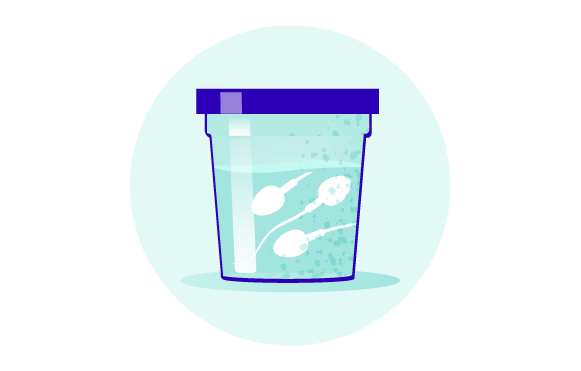
Sperm retrieval
Sperm is retrieved by masturbation in the sampling room at our clinic.
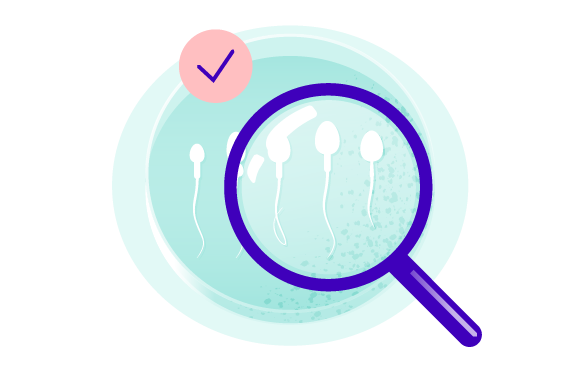
Semen analysis (spermiogram)
The ejaculate then undergoes semen analysis, which determines the number, quality and motility of sperm.

Freezing sperm
We then freeze and store good quality sperm, so that you can have your own children in the future.
Book a consultation and we’ll see how we can help

FAQs
-
How does age affect fertility?
Age is crucial for a woman’s fertility. A woman starts to be less fertile after the age of 30 and fertility decreases very quickly from the age of 35. One of the reasons is that the quality of eggs decreases. This can be solved by using donated eggs.
-
Why should I choose your clinic?
- We have hundreds of satisfied clients from the Czech Republic and many other countries.
- We offer top quality treatment at prices comparable to other clinics in Prague.
- We have no hidden fees.
- We have a proven track record, with a success rate up to 68%, which ranks us among the world’s leading centres of assisted reproduction.
- We will book you for IVF treatment immediately without waiting.
- Our clinic uses the most modern technology currently available in the world.
- Our experienced staff and doctors speak English and German.
- We approach each client individually.
- We will help you with all the formalities.
- We offer initial consultation with a doctor by phone or skype free of charge.
- We also offer genetic and immunological testing to help determine the cause of infertility.
-
When is it appropriate to undergo IVF?
We recommend a visit to an IVF clinic to clients who fail to conceive after one year of regular, unprotected intercourse. We will examine you carefully before IVF treatment to determine the cause of infertility. Sometimes we can treat the cause of the problem without the need for IVF.






